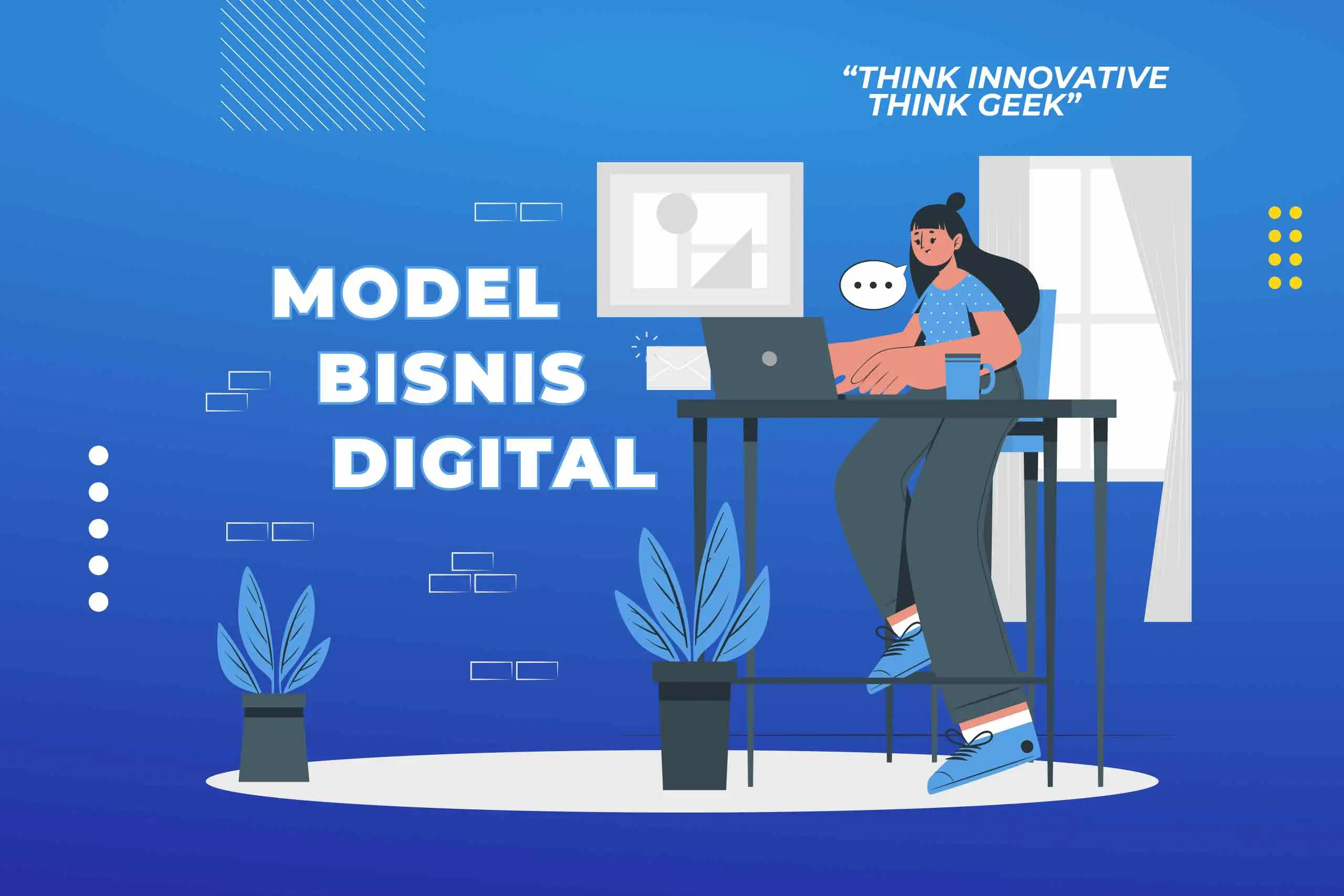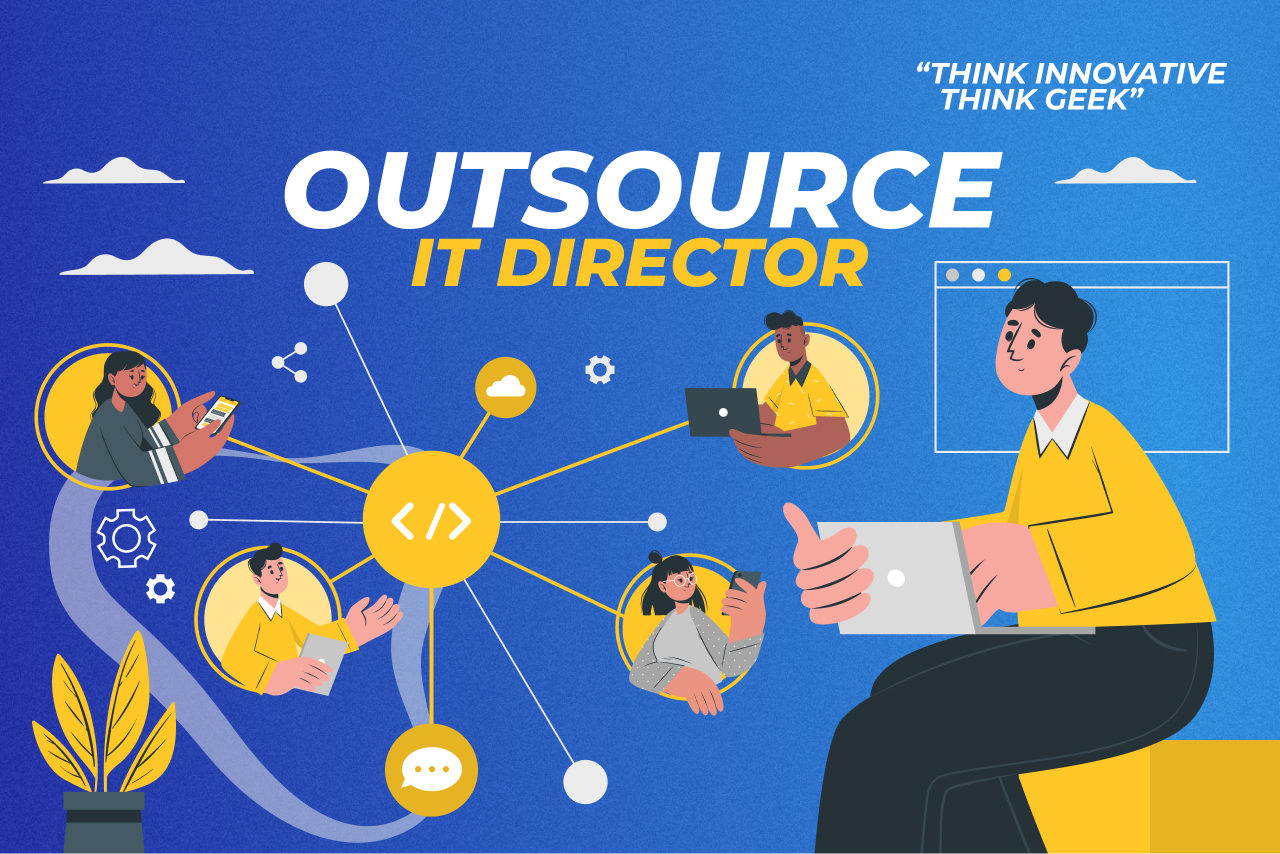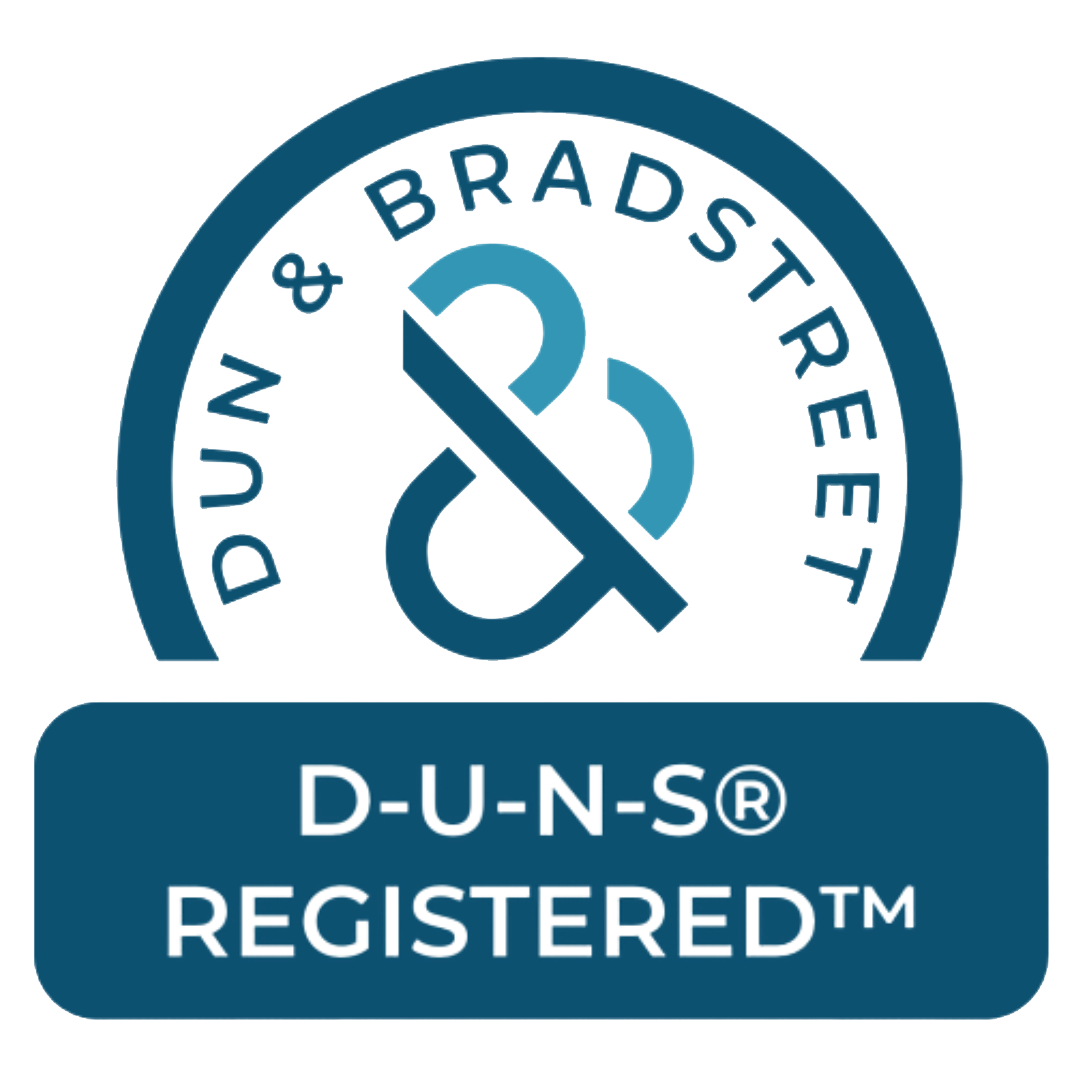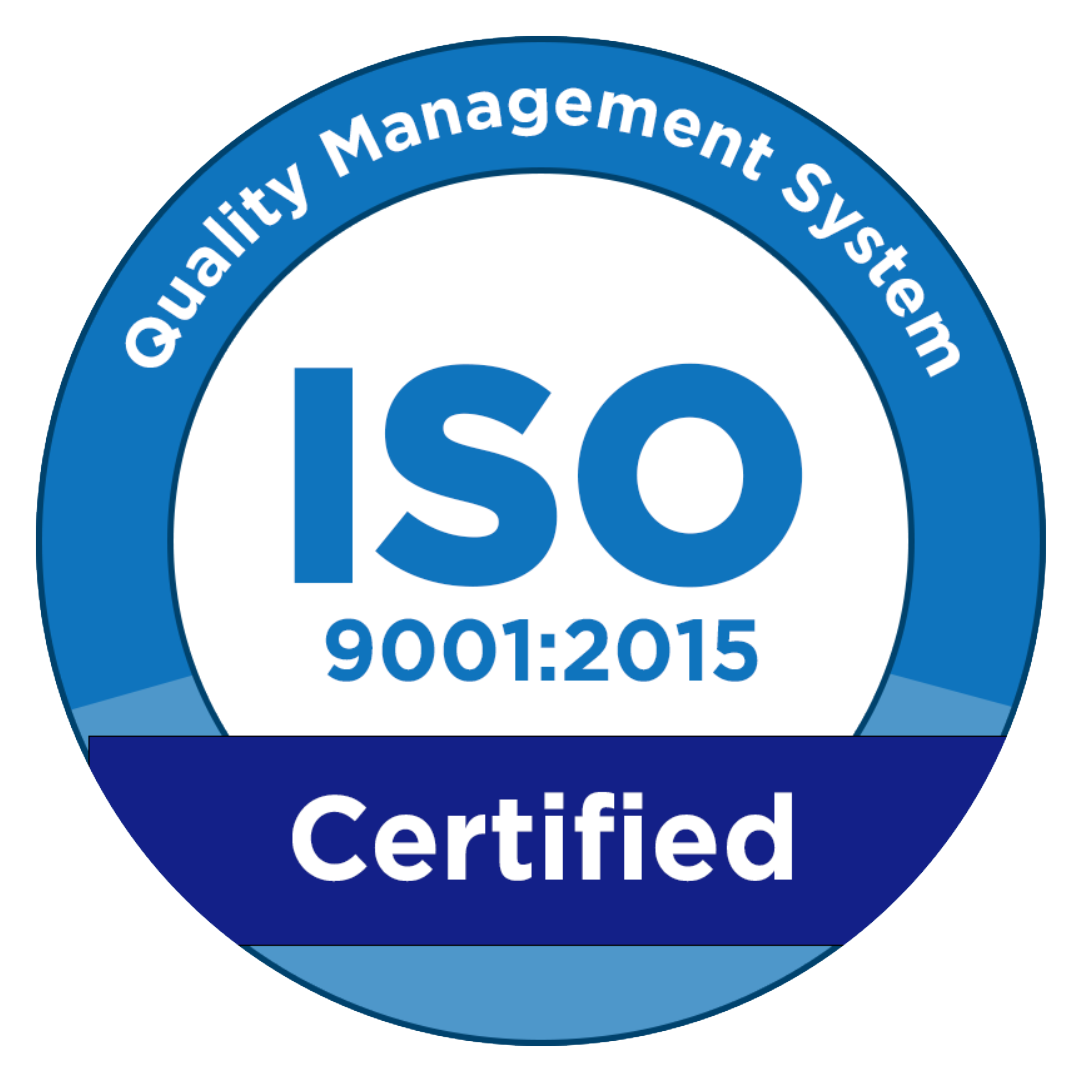In today’s fast-paced digital landscape, the need for fast, secure, and scalable web application development has become a top priority for businesses and developers alike. Among the most popular Python frameworks used to meet these demands are Django and Flask.
This article compares Django vs Flask, examining their unique strengths in terms of flexibility, structure, and features. But before diving into the comparison, let’s take a closer look at what each framework is all about.
What is Django?
Django is a high-level, full-stack Python web framework first released in 2005. It was designed to help developers build complex web applications quickly, securely, and efficiently.
Django offers a wide range of built-in features, including an admin panel, ORM, views, templating system, and integrated URL routing. It follows the “batteries included” philosophy, meaning most tools and components needed for web development come pre-packaged.
Pros and Cons of Django
Like any technology, Django has its strengths and limitations:
Pros:
- Highly Structured – Django uses the MTV architecture (Model-Template-View), similar to MVC, which helps developers maintain large, feature-rich applications with clear separation of concerns.
- Built-in Admin Panel – Django automatically generates an admin interface for managing database content, which simplifies CRUD operations without needing to build a custom backend dashboard.
- Powerful Integrated ORM – Django’s ORM allows developers to interact with databases using Python rather than raw SQL, making data management and migrations easier and more secure.
- High Security – Django comes with built-in protections against common vulnerabilities like CSRF, SQL Injection, and XSS, making it a secure choice for enterprise-grade applications.
Cons:
- Less Ideal for Small Projects – Django might feel too heavy or over-engineered for simple applications or quick prototypes.
- Steeper Learning Curve – Beginners may find Django’s structure and features overwhelming at first.
- Less Suitable for Microservices – Due to its monolithic nature, Django might not be the best fit for microservices architecture.
What is Flask?
Flask is a lightweight micro-framework created by Armin Ronacher and released in 2010. Unlike Django, Flask provides only the basic tools needed for web development—like routing, template rendering, and session handling. Developers can add third-party libraries as needed, offering greater customization.
Pros and Cons of Flask
Flask follows the “build it your way” philosophy, giving developers full control over their application’s architecture and dependencies.
Pros:
- Lightweight and Minimalistic – Ideal for building REST APIs or simple apps that don’t require a lot of overhead.
- High Flexibility – Developers can structure their projects in whatever way best suits their style or team needs.
- Easy Integration – Flask integrates well with other tools and libraries, making it a good choice for modular applications.
Cons:
- Not Ideal for Large-Scale Projects – To support complex features, developers must manually integrate and manage multiple extensions, which can become difficult at scale.
- Limited Built-in Features – Out of the box, Flask is very minimal. Features like authentication, database management, or admin interfaces must be added separately.
Django vs Flask: A Side-by-Side Comparison
Here’s a quick comparison between the two:
| Criteria | Django | Flask |
| Framework Type | Full-stack | Micro-framework |
| Built-in Features | Extensive (ORM, Admin, Models, etc.) | Minimal |
| Security | High (many features included) | Depends on developer |
| Scalability | Suitable for large-scale apps | Best for small to medium apps |
| Flexibility | Low (convention-driven) | High (freedom of structure) |
| Learning Curve | Moderate to high | Low |
Which Framework is Best for You?
The best framework depends entirely on your project requirements.
- Django is ideal for complex applications like e-commerce platforms, enterprise dashboards, or content-heavy portals.
- Flask excels when building REST APIs, microservices, or lightweight dashboards that don’t require full-stack features.
Build with the Right Technology Powered by GeekGarden
Both Django and Flask are reliable frameworks trusted by thousands of developers worldwide. Django stands out with its comprehensive feature set and security capabilities, while Flask is appreciated for its simplicity, rapid development speed, and flexibility.
Before choosing a framework, evaluate your project’s technical needs, your team’s size and expertise, and your long-term product vision.
So, Django vs Flask—which one is better? The answer depends on your business goals and development context.

If you’re looking to build a secure, scalable, and reliable web development service, consult with the GeekGarden team today. We’ll help you choose the best DevTech solution to bring your product vision to life!
Author: Sari Dewi (Content Writer)















